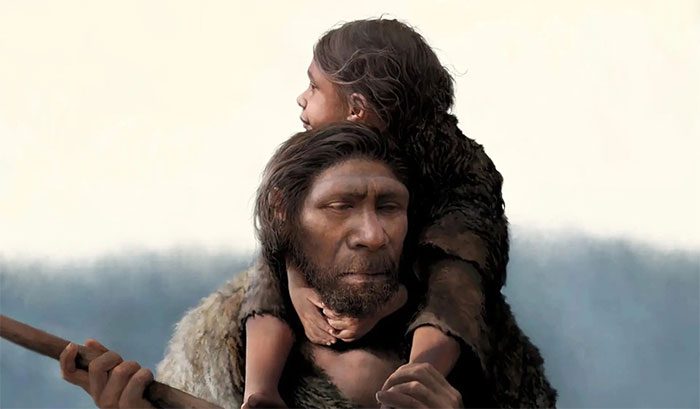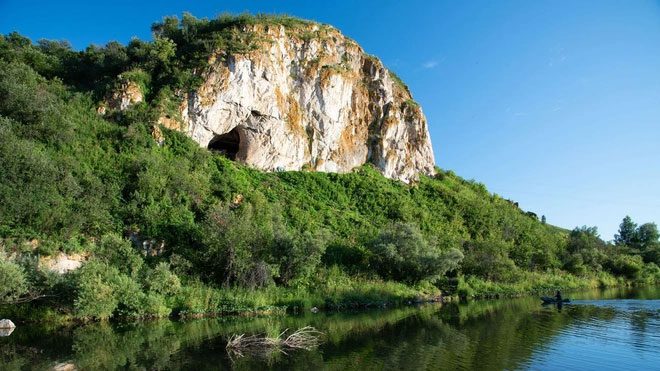Scientists have discovered fossilized bones of a Neanderthal father and daughter, along with other relatives, as well as stone tools in a cave in Russia.
The findings, published on October 19 in the journal Nature, paint a grim picture of the extinct Neanderthals who roamed the Eurasian region tens of thousands of years ago.

Fossil discovery of Neanderthal father and daughter in a cave in Russia. (Photo: Tom Björklund/New York Times).
Scientists indicate that the family, consisting of a father and daughter along with nine other individuals believed to be relatives, likely died together in Chagyrskaya Cave in Siberia.
The research was conducted by a team of scientists including Svante Pääbo, a Swedish geneticist who has explored the secrets of Neanderthals for 25 years. Earlier in October, he was awarded the Nobel Prize for his efforts.
Dr. Pääbo’s team discovered DNA from 11 fossils, including 6 adults and 5 children, along with stone tools and aurochs bones. All were found within the same sediment layer in the cave.
Laurits Skov, a researcher at the University of California and co-author of the new study, noted that geologically, all the bones were trapped under the sediment for a relatively short time. “But ‘short’ here means a few thousand years or less,” he said.
However, Dr. Skov believes that the 11 Neanderthals lived at the same time, as many of them are closely related.

Chagyrskaya Cave in Siberia. (Photo: CNN).
Dr. Skov and his colleagues analyzed the DNA of the fossils and found that two of them share enough variation to be considered first-degree relatives.
One appears to be an adult male, while the other is a female teenager. After further analysis, Dr. Skov stated, “these are a father and daughter.”
The father was also shown to be closely related to two other adult males found in the cave.
“It seems like this was an event where they all died at the same time,” Dr. Skov said. If they had died at different times, it would imply that this group returned to the same cave to bury each member over many years—a scenario that is unlikely.
According to the New York Times, Neanderthals primarily inhabited the Eurasian region, from the Atlantic coast to the Ural Mountains—the dividing line between Europe and Asia—for 260,000 years until they disappeared around 40,000 years ago.
In 2020, artifacts and archaeological findings in Bulgaria indicated that modern humans and Neanderthals coexisted in Europe for several thousand years. This period allowed for biological interaction and cultural exchange between the two species.





















































